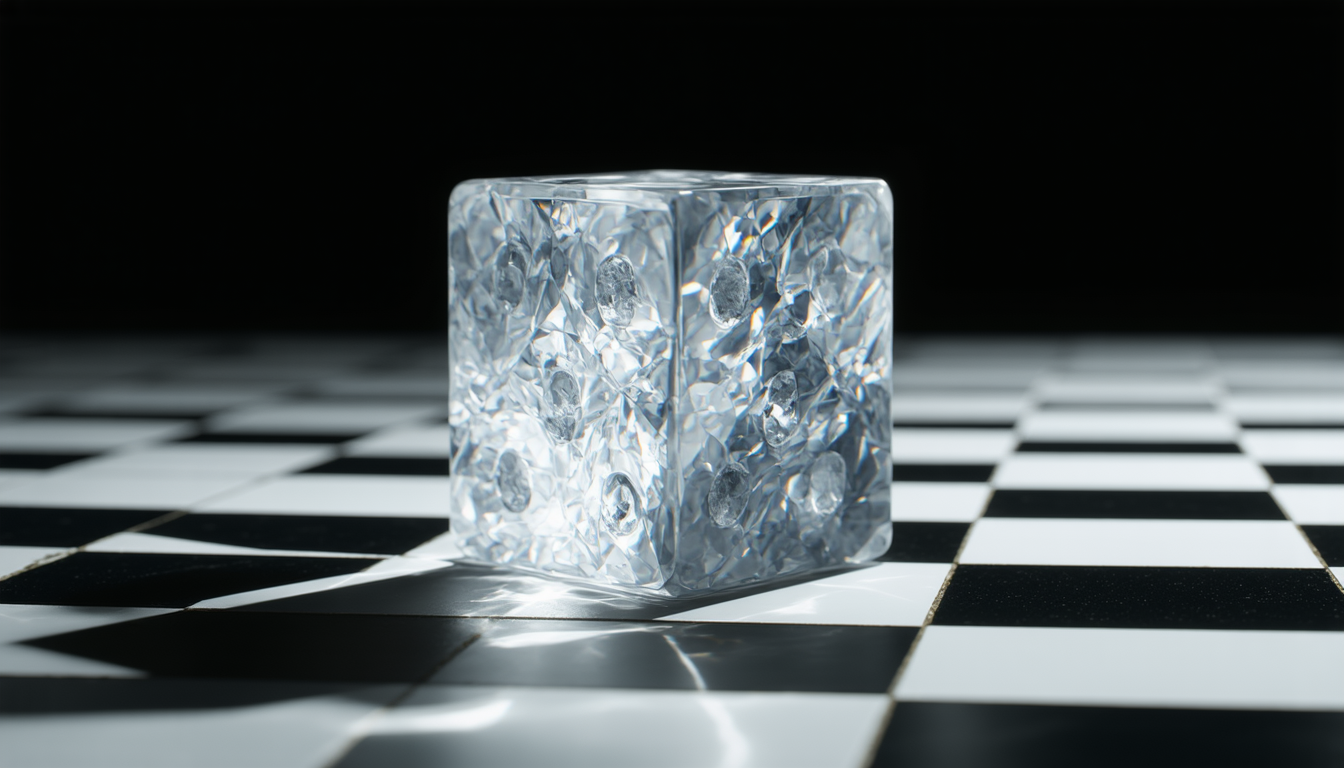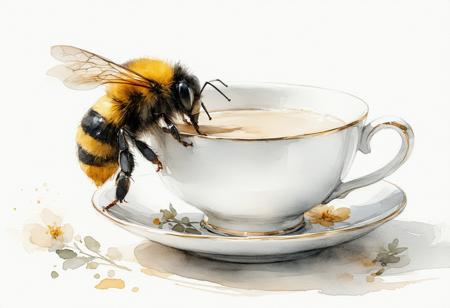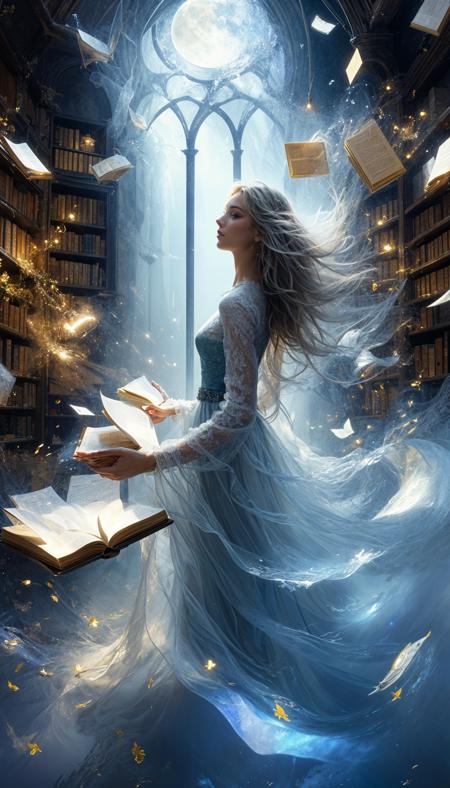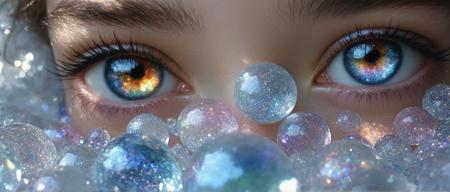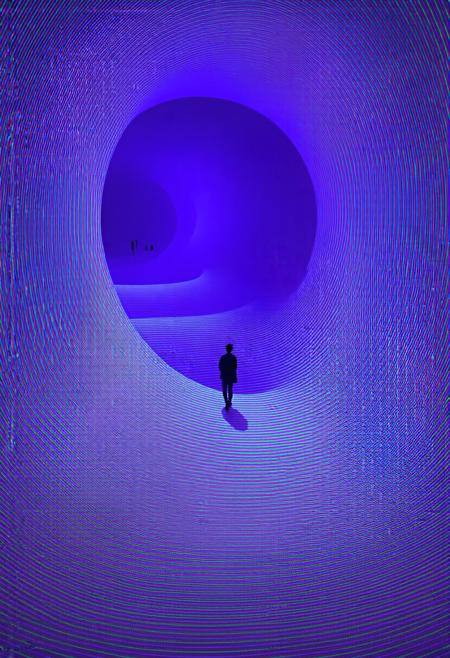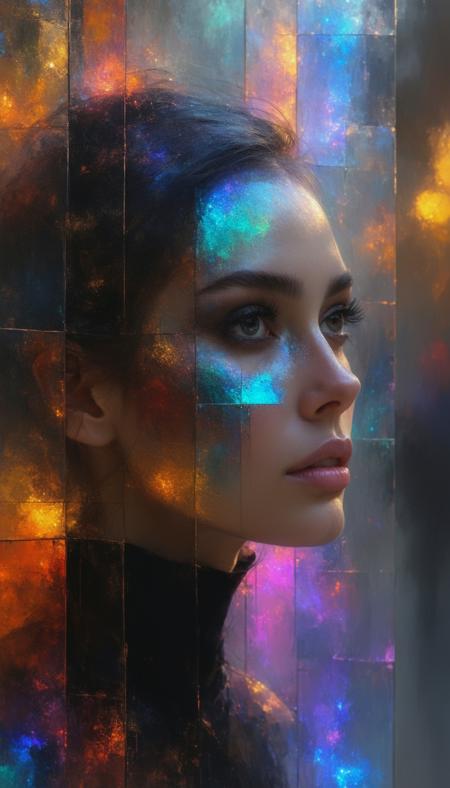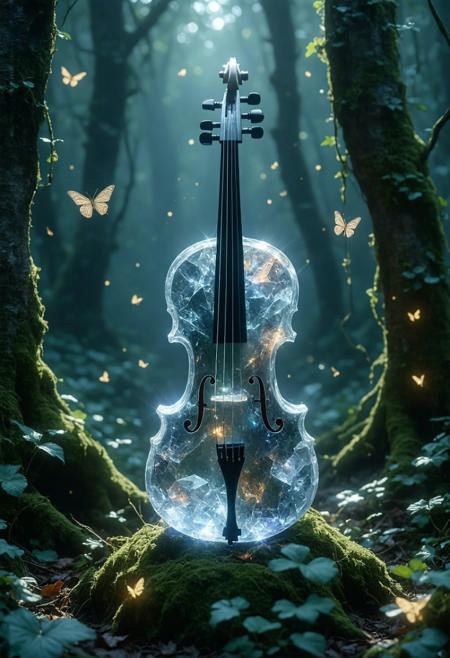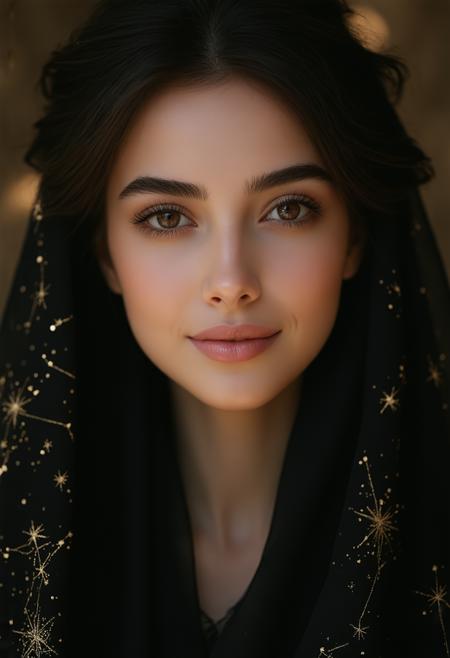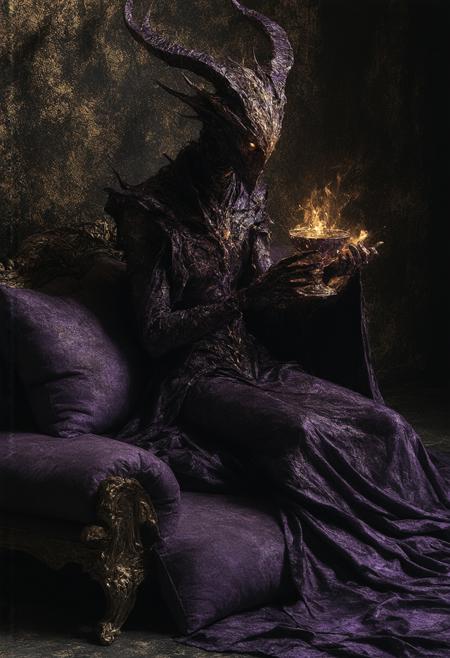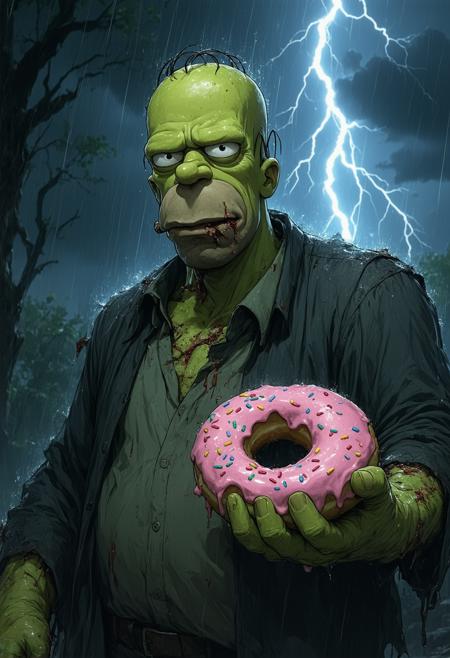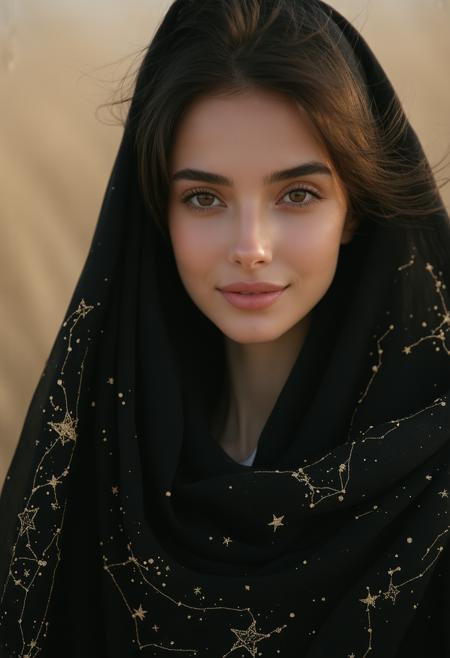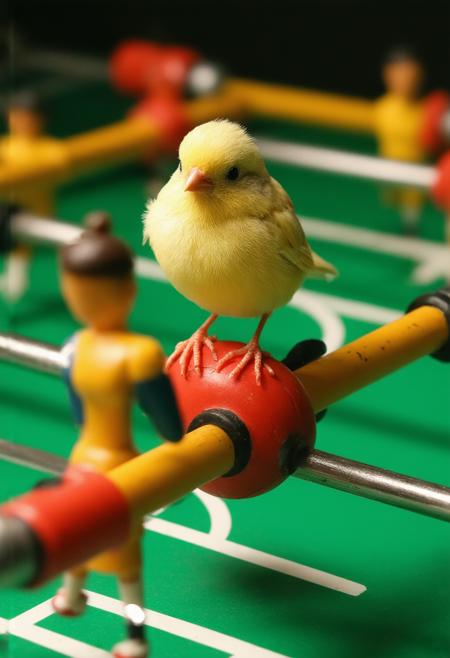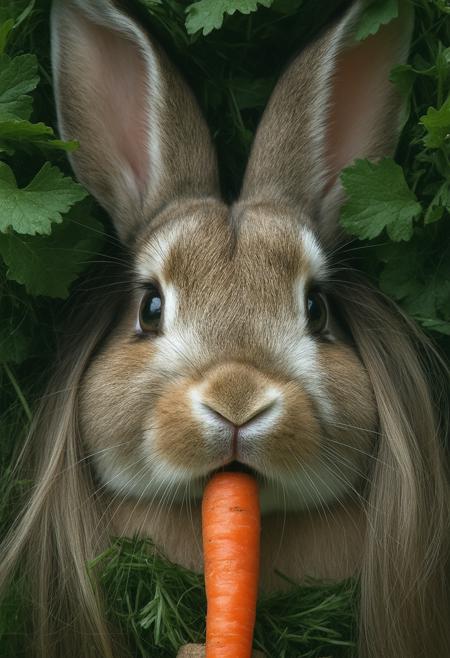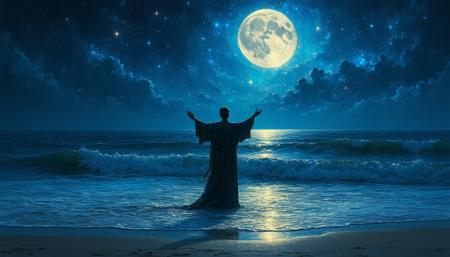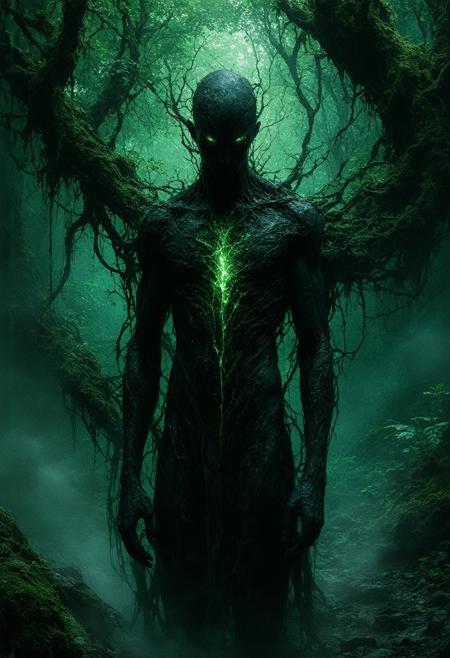A pristine translucent six- sided die positioned on a stark black and white checkerboard pattern, capturing intricate light behavior as it passes through the crystalline material. Multiple refractions create mesmerizing patterns within the die while casting complex caustics onto the geometric surface below. The composition emphasizes the interplay between transparency and opacity, with precise highlights defining the die's edges and numbers. Sharp macro detail reveals subtle imperfections and internal structures within the crystal- clear material, while dramatic lighting creates bold shadows that contrast with the bright refractions. The scene channels the precision of Edward Weston's still life work, the luminous quality of Josef Sudek's glass studies, and the technical perfection of high- end product photography, rendered in ultra- high resolution with particular attention to optical physics and material properties
